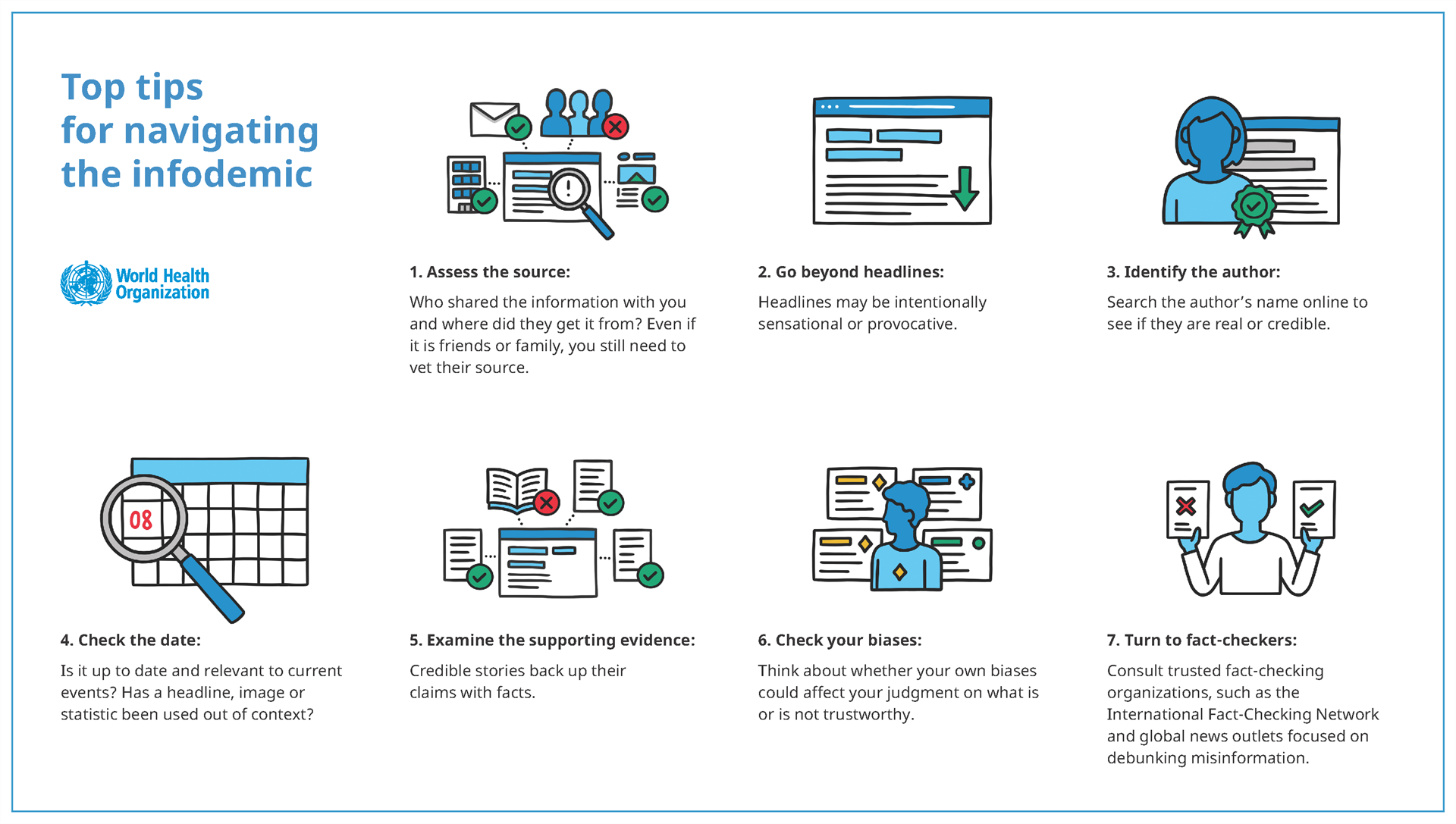The recent smoky skies from wildfires can trigger anxiety in children and youth about climate change.
“It’s depressing to see the smoke and the environment changing,” says Christine. “It creates a lot of worry and brings the immediacy of the climate emergency closer to home. Added to that, if you’re in an area where you are seeing and breathing in smoke, the particulate matter can cause inflammation and that can also impact your mood.”
“For preschoolers, try to make sure the TV is off around them because they may misunderstand the news. They may not understand some of the things on TV are happening far away and think everything they hear or see is imminent. Reassure them that they are safe and their parents love them. We want kids to play and get their minds off of it.”
For elementary school-aged children, try to understand if they have any misconceptions that need to be explained.
 “Don’t assume they’re nervous about what you think they’re nervous about. Ask questions and help reassure them, where possible,” Christine says. “Focus on how you can cope with things and manage them, while understanding that things are difficult.”
“Don’t assume they’re nervous about what you think they’re nervous about. Ask questions and help reassure them, where possible,” Christine says. “Focus on how you can cope with things and manage them, while understanding that things are difficult.”
If kids are anxious about putting masks back on when the sky is smoky, try to normalize mask wearing again. Talk about how this is different from the pandemic and the masks are meant to protect them from forest fire smoke.
“Just like we protect ourselves from the cold with a coat and we wear sunscreen to protect ourselves from the sun, when there’s smoke coming in, we need to protect ourselves from the smoke,” she says. “Give kids the sense you are in control and steering the ship.”
For high school-aged teenagers, you can talk about becoming more active about climate change.
 Climate activist Greta Thunberg“For some, like climate activist Greta Thunberg, taking a stand helped with her depression and anxiety around climate change,” Christine says. “We know that meeting problems head-on help with depression and anxiety. Talk to kids about resilience and how to get through tough times.”
Climate activist Greta Thunberg“For some, like climate activist Greta Thunberg, taking a stand helped with her depression and anxiety around climate change,” Christine says. “We know that meeting problems head-on help with depression and anxiety. Talk to kids about resilience and how to get through tough times.”
For ‘what if’ questions, it’s OK to say you don’t know. Try to brainstorm and find trusted sources of information with them. Put kids on a path of answering their questions for themselves.
See the World Health Organization graphic below on how to find trusted sources of information:

“It’s important when kids are feeling sad that we don’t try to fix it right away for them,” Christine says. “You can acknowledge it disappointing and depressing. Talk about feelings before moving into strategies and coping plans. Later, you can ask what would help to make them feel better, like a special activity.”
For teens and young adults who may not reveal as much about their emotions, check for changes in behaviour. If they start to withdraw or start to become more irritable. That can be a sign they are struggling with something.
“It’s often good to have conversations in the car with them when you’re not face-to-face and they’re a little bit more likely to disclose. You might have to find that right moment and check in with them.”
When children are struggling and can’t stop worrying, anxiety is affecting their sleep and their schoolwork, or they’re sad and tearful all the time, it may be time to see a family doctor or psychologist and get an assessment to see if they may have an anxiety disorder.
It’s important for kids to understand, there are climate change emergencies, but we know how to prepare, we know how to plan and we know how to take care of ourselves.
If you or your child has mental health concerns, resources include:
